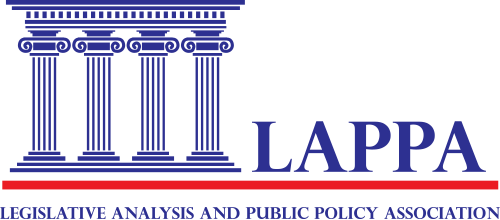Newly incarcerated individuals who use substances require medical intervention to mitigate the effects of withdrawal symptoms and prevent death, suicide, and injury while in custody. Recent data show that nearly two thirds of sentenced individuals in jails meet the criteria for drug dependence or abuse. LAPPA’s Model Withdrawal Management Protocol in Correctional Settings Act requires evidence-based treatment of substance use disorders, including the use of FDA-approved medications; requires correctional settings to establish and implement administrative and clinical protocols when detaining individuals at risk of withdrawal; and provides state legislators, policymakers, and those in the correctional and health care professions with a comprehensive framework to better respond to withdrawal symptoms and related mental health crises of individuals in custody to decrease their mortality while in correctional settings. ...











